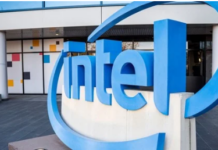Qualcomm has been tease us for several weeks with its Snapdragon 820. We already knew that he would have a 64-bit Kryo architecture with FinFET engraving process. But we learn today that the next Snapdragon will have a DSP called Hexagon 680. This should improve the range of devices equipped with this SoC.
- Read also: Snapdragon 820: Everything you’d expect from Qualcomm’s next Soc
The Hexagon 680 is a digital signal processor (DSP) whose purpose isto improve the performance and battery life of the devices by reducing the work of the main processor. This is a technique already used on some SoC. This seems to be quite effective, and has been further improved with the Hexagon 680.
The Hexagon 680 will support several things: image processing, computer vision, and apps running in the background on phones. This includes quite a few small processes, such as geolocation or step counter. The new DSP will process this different information by being less greedy than the main CPU. As a result, energy consumption will be reduced, and the range of our devices will be improved somewhat.
As for image processing, the Hexagon 680 will be able to boost the brightness of photographs and videos in dark environments. This will be automatic and will also take less resources than the usual techniques based on the CPU, The process would also be more efficient.
Finally, this technology will also improve computer vision. It is a branch of artificial intelligence that allows a machine to analyze and understand the images taken by the camera. This may be useful in virtual and augmented reality. Qualcomm named this technology the HVX (Hexagon Vector Extensions).
With the Snapdragon 820, will Qualcomm be able to make the 810’s failures go away?
via
































